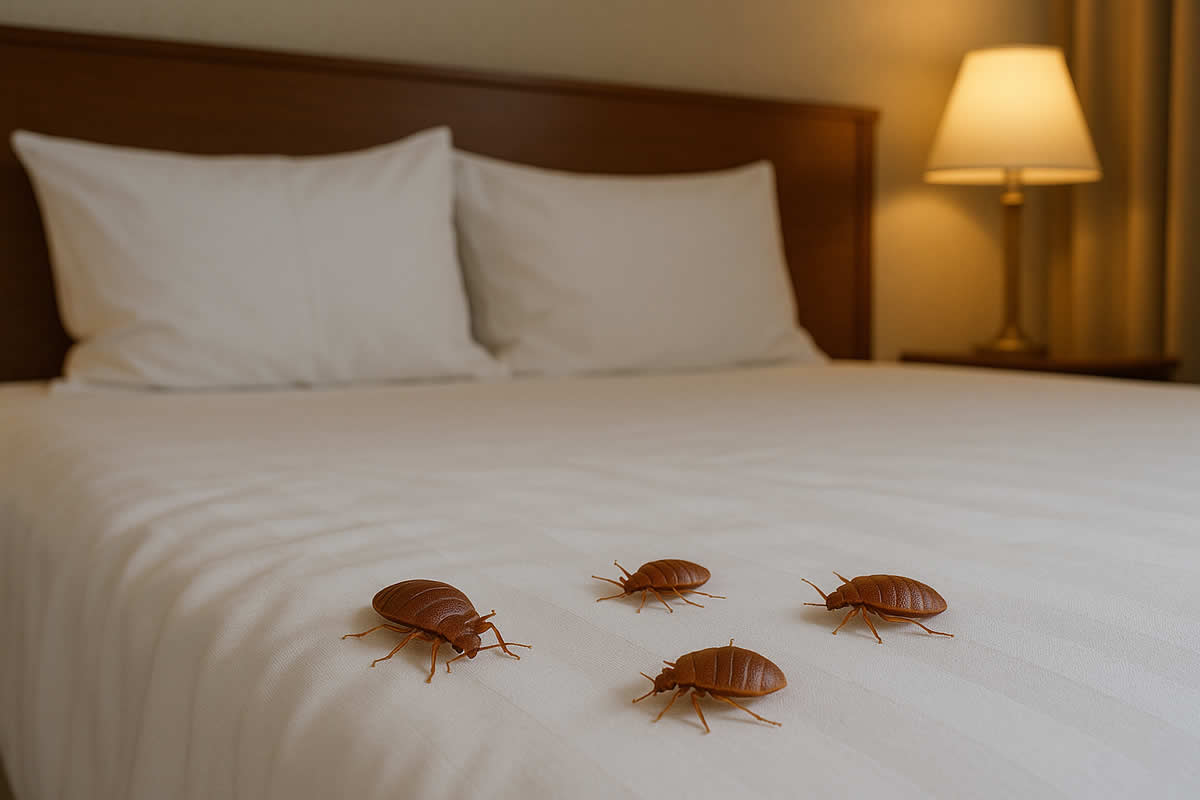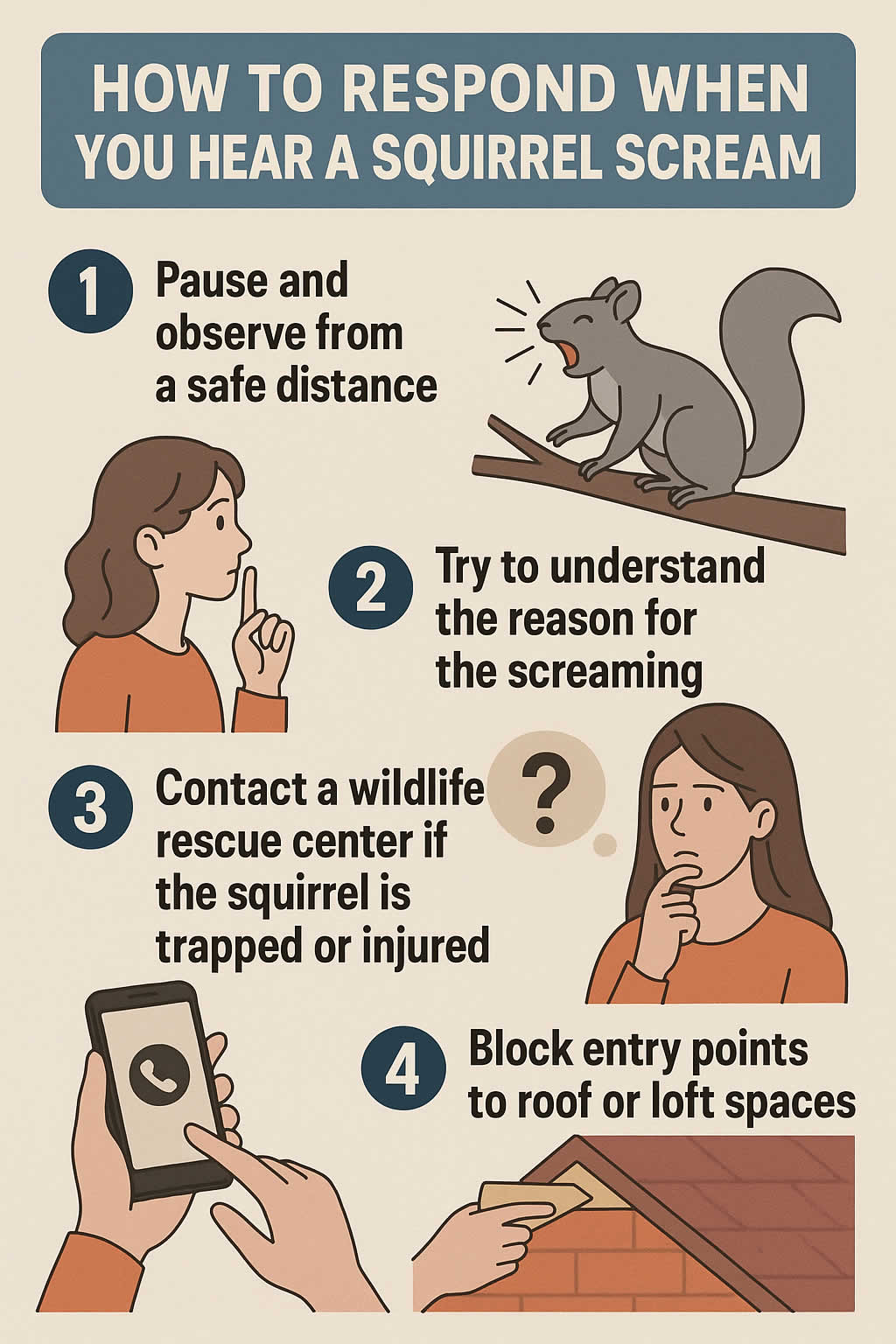Related Queries
ToggleRecent statistics show bed bugs in hotels have increased by a staggering 80% in Ireland from 2015 to 2016. This troubling trend represents part of a global surge that began in the early 2000s.
These tiny reddish-brown insects don’t transmit diseases, yet their presence can transform your dream holiday into a nightmare. These 4-7mm creatures possess the ability to lay up to 500 eggs in just two months, making early detection a significant factor for travellers.
The situation becomes more challenging as these persistent pests’ attention is drawn to the carbon dioxide we exhale. Hotel beds and sofas become their perfect hiding spots. Knowing how to check for bed bugs in a hotel room serves as a vital step to protect yourself from these unwanted souvenirs.
This piece outlines a detailed bed bug inspection process that starts the moment you enter your hotel room and continues until you can safely unpack your bags. Your next hotel stay should be memorable and with good reason too.
Pre-Travel Research: Know Before You Go
Your bed bug protection strategy should start well before you arrive at your hotel. Pest management professionals report that bed bugs show up in about 75% of hotels and motels. This makes research before your trip a vital part of ensuring a peaceful stay.
Reading hotel reviews for bed bug mentions
TripAdvisor and similar travel sites have become valuable tools to spot potential bed bug issues. A search for “bed bug” on TripAdvisor pulled up more than 111,000 results just in the lodging category. Here’s how to research effectively:
- Search specifically for “bed bugs” in the reviews
- Check how recent these reviews are
- See if and how management handled the complaint
- Look for multiple reports rather than single cases – one-off reports might not tell the whole story
One industry expert points out that “Negative customer reviews equal brand damage which, in turn, equals lost revenue”. Hotels take these reviews seriously, which makes them reliable indicators of possible problems.
Using bed bug registry websites
You’ll find several dedicated sites that keep track of bed bug sightings:
The Bed Bug Registry has collected over 20,000 user reports covering 12,000 locations since 2006.
Bed Bug Reports works in a similar way but lets users add photos, which makes the claims more credible.
Google News can help you find any major infestations local news has reported in your destination area. Past incidents might point to ongoing issues, as these problems often stick around despite treatments.
Understanding high-risk locations
Each type of accommodation comes with its own risk level. Here’s what to think about when picking your lodging:
Older hotels might attract more bed bugs because their structural cracks and crevices offer more hiding spots.
Properties with recent renovations usually present lower risks. But don’t let cleanliness fool you—bed bugs can thrive anywhere they find a hiding spot.
Places with lots of tourist traffic naturally see more frequent infestations because of constant luggage and visitor movement.
The best way to avoid bed bugs is to do your homework first. Taking time to research your accommodation options substantially cuts down your chances of meeting these unwanted guests during your stay.
First Steps When Entering Your Hotel Room
Your first chance to stop bed bugs starts when you unlock your hotel room door. Many people think cleanliness keeps these persistent pests away, but bed bugs can live in any hotel—from budget accommodations to luxury five-star establishments.
Where to safely place your luggage
Your bags shouldn’t go on the bed or upholstered furniture right away. The bathroom—specifically the bathtub or shower—makes the safest spot for your luggage. Bed bugs stay away from these areas because:
- Bathtubs with hard surfaces make poor hiding spots for bed bugs
- Dark crevices that bed bugs love are rare in bathrooms
- Bed bugs avoid tiled surfaces more than fabric
The hotel’s luggage rack works well too, but check it first, especially if it has fabric straps. Keep it away from walls and furniture to stay safe.
Essential tools for inspection
You need these simple items to check properly:
- Flashlight (or your phone’s torch function) to light up dark corners and crevices
- Credit card or similar plastic card to check tight spaces
- Magnifying glass to examine seams and cracks closely
- Lint roller helps collect evidence (optional but useful)
Disposable gloves help protect your hands while you inspect.
Quick visual scan technique
Take a good look around before unpacking. Adult bed bugs are reddish-brown and about 5mm long, you can see bed bugs without help. Watch out for these signs:
- Dark spots that look like ink marks from bed bug droppings
- Blood stains on sheets where bugs got crushed
- A sweet, musty smell as with overripe raspberries
- Tiny pearly white eggs (1mm)
A complete inspection takes time, but you can spot obvious problems quickly. Entomologist Michael Potter puts it simply: “If you don’t see anything, nothing’s there”.
Complete Bed Bug Inspection Checklist
A good room check is your best defence against bed bugs in hotels. Place your luggage safely first, then take time to get into your room properly.
Analysing mattress seams and bedding
Pull back all sheets and blankets to see the whole mattress. We focused on mattress seams, especially when you have corners and edges where fabric folds—these are perfect hiding spots for these pests. Use your torch to check for:
- Dark rust-coloured spots (dried blood or excrement)
- Tiny pale yellow eggs or eggshells (visible to naked eye)
- Shed exoskeletons or casings (evidence of moulting)
- Live bugs (reddish-brown, apple seed sized)
Check underneath by lifting the mattress and pay attention to box spring seams and wooden frame. On top of that, it helps to check pillows and pillowcases since bugs often hide in their fabric folds.
Checking headboards and bed frames
Hotel headboards are usually the first place bed bugs hide. These spots stay quiet but sit right next to sleeping guests. Look for:
- Cracks and crevices in wooden frames
- Screw holes and joints in headboards
- Spaces between headboard and wall
- Under plastic corner guards of box springs
Button-style headboards just need extra attention since each indent creates a perfect dark hiding spot.
Inspecting furniture and fixtures
Beyond the bed, check:
- Upholstered chairs and sofas (seams, zippers, cushions)
- Nightstands and dresser drawers (particularly joints)
- Electrical outlets and switch plates
- Wall hangings and picture frames
Make sure to look inside and under furniture—not just the surfaces.
Looking for signs in carpets and curtains
Bed bugs love to hide in soft furnishings around the room. Check:
- Carpet edges where they meet walls
- Baseboards and skirting
- Curtain folds and hems
- Window sills
Light-coloured carpets might show rusty stains, especially near edges and baseboards. You might also notice a sweet, musty smell.
Take photos of any evidence you find before you talk to hotel management.
What To Do If You Discover Bed Bugs
Finding bed bugs in your hotel room requires quick action. The right steps can stop these unwanted guests from coming home with you.
Documenting evidence properly
Stay calm and capture clear evidence. Your smartphone can help you take well-lit photographs or videos of:
- Live bugs (if visible)
- Rusty-coloured blood spots on bedding
- Bed bug exoskeletons or egg casings
- Any bed bug bites on your body
These images provide significant documentation if you need to dispute charges or file a complaint later. Your photos should clearly show the room’s location to help identify where the infestation occurred.
Speaking with hotel management effectively
After gathering evidence, reach out to the front desk and ask to speak with a manager. Here’s how to discuss the situation:
Stay polite but firm as you explain your concerns. Show your photographic evidence and ask the hotel to create an official incident report that documents the date, time, room number, and your findings.
The manager should tell you about the hotel’s protocol for bed bug incidents. Most reputable hotels have specific procedures to handle these issues. If their response doesn’t satisfy you, let them know you might contact their corporate office or local health authorities.
Options for changing rooms or hotels
The hotel might offer to move you. Make sure your new room isn’t adjacent to, above, or below the infested room. Bed bugs travel easily through walls, so a neighbouring room won’t work.
Before you accept new accommodation:
- Check the new room using the same methods from your original inspection
- Ask for a room on a different floor
- Request a complete refund and find different lodging if the hotel ignores the problem or can’t provide a good alternative
Check your belongings carefully before moving them to avoid carrying bed bugs with you.
Our Final Thoughts
Bed bugs are a most important concern for hotel guests worldwide. A really good inspection routine is crucial for every traveller. Preparation and alertness are the best defence against these persistent pests.
Proper research before booking, smart luggage placement after arrival, and a systematic room inspection are the foundations of a bug-free stay. Learning what steps to take at the time you find bed bugs enables you to handle such situations effectively and professionally.
This detailed guide will help during your next hotel stay. Those extra minutes you spend checking your room really well could save you from weeks of stress and expensive pest control measures later. Your peaceful night’s sleep depends on staying alert and informed about these unwanted hotel guests.
Are you looking for pest control in Rutland? Get in touch with us and a local pest removal company will be in touch.
Pest Control Lower Shelton – Pest Control Brough Sowerby – Pest Control St Bees













